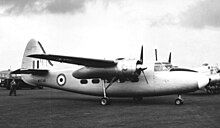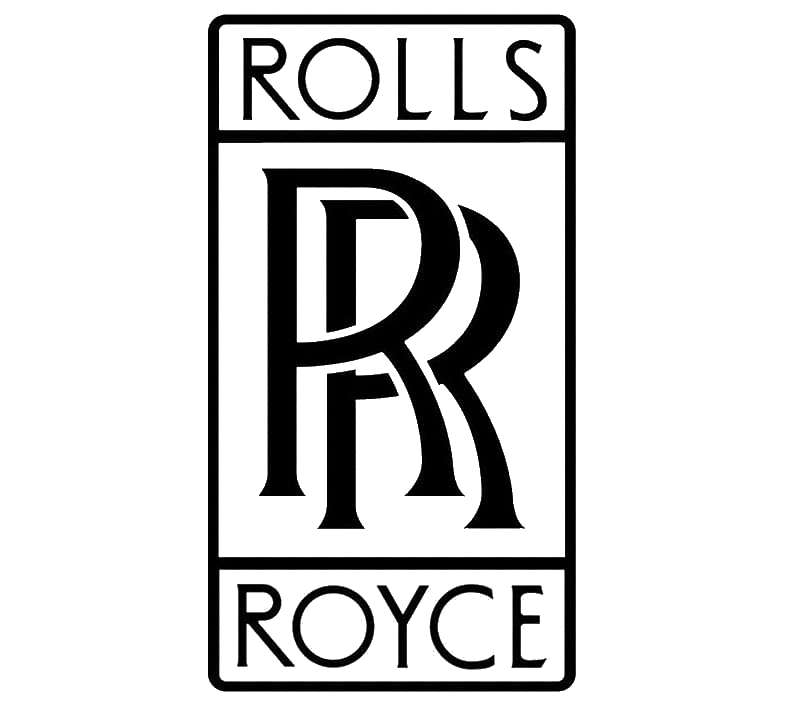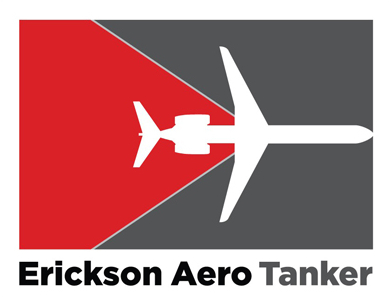General Info
Percival Aircraft
Percival Aircraft
Percival Pembroke C.1
 |
|
| Privately owned Hunting Percival P.66 Pembroke C.1 takes off in 2008 | |
| Role | Light transport |
|---|---|
| Manufacturer | Percival Aircraft Company |
| First flight | 21 November 1952 |
| Introduction | 1953 |
| Retired | 1988 |
| Primary user | Royal Air Force |
| Produced | 1953–1958 |
| Number built | 128 |
| Developed from | Percival Prince |
|
|
|---|
.
History Percival Aircraft Company Percival Pembroke
Manufactured 1953–1958
First flight 21 November 1952

The Percival Pembroke is a British high-wing twin-engined light transport aircraft built by the Percival Aircraft Company, later Hunting Percival.
Development
The Pembroke was a development of the Percival Prince civil transport. It had a longer wing to permit a higher fully laden weight. The prototype flew on 21 November 1952. Production was complete in early 1958.
It entered service with the Royal Air Force as the Percival Pembroke C.1 in 1953 to replace the Avro Anson for light transport duties. As with other RAF transports, the passenger seats are rearward-facing for improved safety..
Variants

-
- P.66 Pembroke C.1
- Communications and transport variant for the RAF, 44 built.
- P.66 Pembroke C(PR).1
- Photographic reconnaissance variant for the RAF, six built and two conversions from C.1.
- P.66 Pembroke C.51
- Export variant for Belgium.
- P.66 Pembroke C.52
- Export variant for Sweden. Swedish military designation Tp 83.
- P.66 Pembroke C.53
- Export variant for Finland.
- P.66 Pembroke C.54
- Export variant for West Germany.
- P.66 Pembroke C.55
- Export variant for Sudan.
- P.66 President
- Civil transport version, five built.
-

Luftwaffe Pembroke C.54 preserved at the Junior Museum, Hermeskeil, Germany, in June 2007
Gallery
Photo Gallery
Photo Gallery
Percival Aircraft Company Percival Pembroke
Manufactured 1953–1958
First flight 21 November 1952


Percival Aircraft Company Percival Pembroke First flight 21 November 1952
Hunting Percival Company Percival Pembroke
Hunting Percival Company Percival Pembroke
Manufactured 1953–1958
First flight 21 November 1952
1
General Info 1
-
-
- Crew: 1
- Length: 26 ft 5 in (8.05 m)
- Wingspan: 32 ft 9.5 in (9.995 m)
- Height: 10 ft 3 in (3.12 m)
- Wing area: 315 sq ft (29.3 m2)
-
2
General Info 2
-
-
- Empty weight: 2,770 lb (1,256 kg)
- Gross weight: 3,970 lb (1,801 kg)
- Powerplant: 1 × Bristol Mercury VI S2 nine-cylinder air-cooled radial piston engine, 645 hp (481 kW)
- Propellers: 2-bladed fixed-pitch propeller
-
3
General Info 3
- Maximum speed: 230 mph (370 km/h, 200 kn) at 15,800 ft (4,800 m)
- Range: 460 mi (740 km, 400 nmi)
- Service ceiling: 33,500 ft (10,200 m)
- Rate of climb: 2,300 ft/min (12 m/s)
- Time to altitude: 20,000 ft (6,100 m) in 9 minutes
Special Links Percival Aircraft Company Percival Pembroke Manufactured 1953–1958 First flight 21 November 1952
Links to Youtube & Others
The Finnish Air Force operated two aircraft for aerial photography between 1956 and 1968, on behalf of the National Land Survey of Finland. One of the aircraft was destroyed when it hit a snow wall during landing in 1965. The other aircraft is currently stored at the Aviation Museum of Central Finland
Percival Aircraft Company Pembroke C.1
Six were produced as the Pembroke C(PR).1 photographic reconnaissance aircraft
Youtube Link
The last unit to use them was No. 60 Squadron RAF based at RAF Wildenrath












.svg.png)